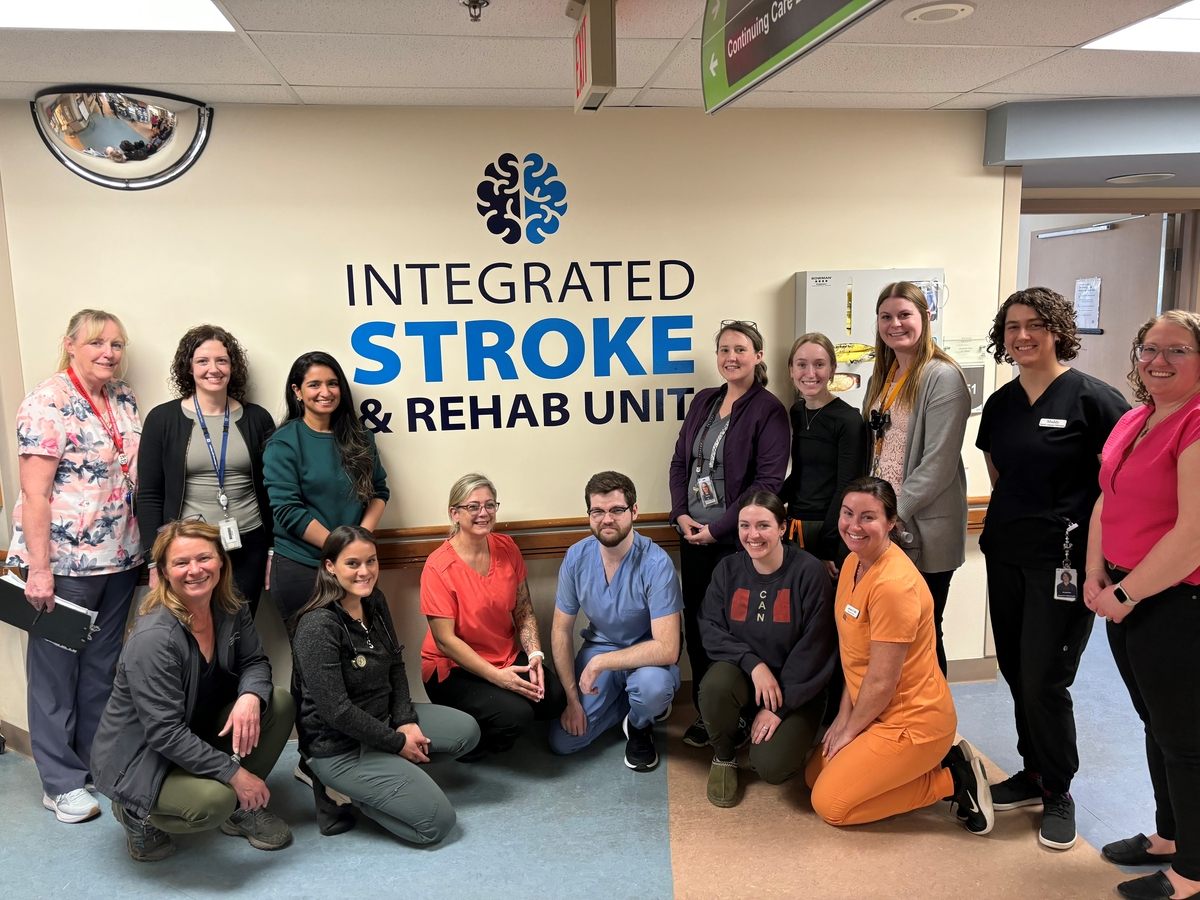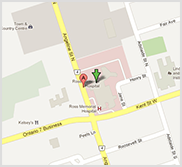Rehabilitation
The Rehabilitation program at Ross Memorial primarily assists patients who have suffered a stroke or trauma, or are recovering from surgery. The main objective of the rehabilitation program is to improve the patients' mobility and independence in daily living such as bathing, dressing and eating, so that patients can return to their homes and be as independent as possible.
Upon admission to the Rehabilitation Program, patients meet with a care team to discuss and determine personalized goals and care plans. This intensive program consists of at least two therapy sessions per day, as well as other treatments. The demands of these activities encourage patients to adopt and practice new ways of doing things while staying motivated and focused on their goals. The time a patient is in the rehabilitation program will vary depending on the needs and goals of the patient.
The program is progressive, dynamic, and goal-oriented to enable patients to identify and reach their own optimal levels whether it is physical or cognitive. The rehabilitation program also provides opportunities for patients and family members to work together towards discharge to the lowest level of care possible. Following the program, most patients return home, while some enter a residential setting that better meets their needs.

This page was last updated June 12, 2025.
@RossMemorialHospital
Follow us and stay up to date on news, events and health related issues:


